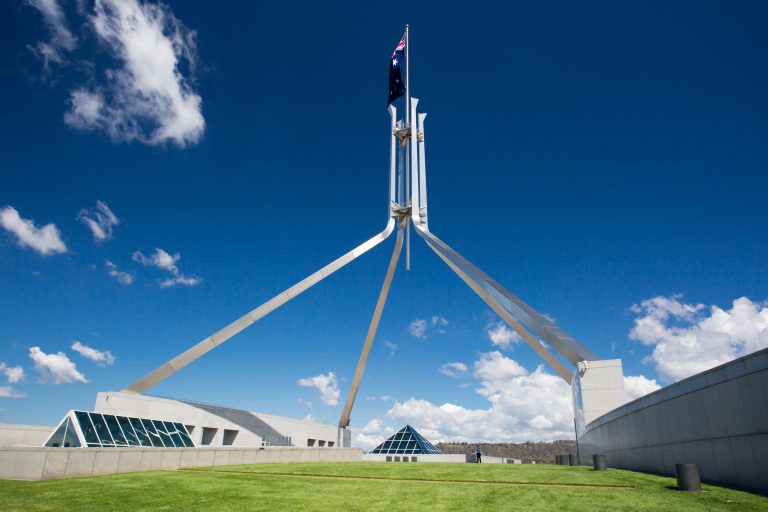Federal Budget 2023-24 Summary
Lady Luck has once again looked down fondly upon Australia, creating the first Federal Budget surplus in 15 years, through a higher tax take on record export earnings and increasing…

Lady Luck has once again looked down fondly upon Australia, creating the first Federal Budget surplus in 15 years, through a higher tax take on record export earnings and increasing…

Do you have an SMSF with a corporate trustee or are you a director of a company? Do you know you have to register for a director identification number (director…

As geo-political tensions tighten in Ukraine, economies around the world are reeling from mounting energy prices, soaring costs of living and in a desperate attempt to bring down inflation, higher…

While retirement should be the best years of your life, many Australians make simple, avoidable mistakes with their finances that can leave them without the funds to really enjoy life….

If the ins and outs of superannuation leave you confused, the answers to these frequently asked questions will help you understand the basics. How much do I need to retire?…

For most Australians, their 60s is the decade that marks retirement. For some this means a graceful slide into a fulfilling life of leisure, enjoying the fruits of a lifetime…

If 50 really is the new 40, then life has just begun. The kids are gaining independence or may have left home, and the mortgage could be a thing of…

While women earn less and spend less time in the workforce than men, sharply reducing their super contributions throughout their working lives, there are some simple steps women can take…

Once your mortgage and other financial commitments are manageable, it is usually time to put the pedal down on your super. Those prime income years, between age 40 and 50…

Since the Australian Government introduced compulsory employer contributions to people’s superannuation funds in 1992, Australia’s funds invested in super have grown to $3 trillion. In this time, self-managed super funds…
End of content
End of content